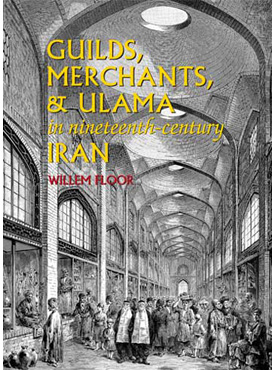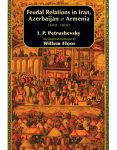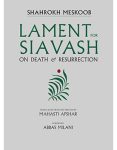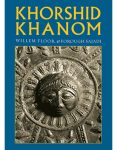About the Book
Guilds, Merchants & Ulama analyzes the major functions and characteristics of these groups, and discusses how they each coped with the pressures of the world market to which Iran was increasingly exposed and which resulted in the disappearance of jobs reducing Iran’s economic and political independence. After 1870, Iran’s economic situation was aggravated by an influx of peasants into the main cities significantly increasing the size of permanent unskilled labor in these cities. Guilds only provided some measure of social and economic benefits and protection to its members but could not prevent major downsizing, which is detailed in a contemporary report included here in translation. Meanwhile, both the merchants and the ulama demanded government action to better protect the country’s economy and its independence. To make a bigger fist, the ulama, merchants and reformists mobilized the guilds to support their political ends. As such, the guilds provided the force that powered the political events, which resulted in the Iranian Constitutional Revolution in 1906.
The ulama’s interference in economic life only made matters worse. They had no grasp of economics, beyond stating that people should not be greedy. And the guilds, despite their visible role during the 1905–06 events, found themselves used, and discarded when they were no longer needed. This created the parameters for major structural change to finally take place after 1925.
In Guilds, Merchants, & Ulama Willem Floor provides a detailed analysis of primary source references essential for a better understanding of the socio-economic conditions that led to Iran’s push toward modernization in the first quarter of the twentieth century.
About the Author
Willem Floor studied development economics and non-western sociology, as well as Persian, Arabic and Islamology from 1963-67 at the University of Utrecht (the Netherlands). He received his doctoral degree from the University of Leiden in 1971. Since 1983, Dr. Floor has been employed by the World Bank as an energy specialist. Throughout this time, he has published extensively on the socio-economic history of Iran. His books include: Public Health in Qajar Iran, Agriculture in Qajar Iran, and The History of Theater in Iran, as well as, The Persian Gulf: A Political and Economic History of 5 Port Cities, 1500-1730, its second volume, Persian Gulf: The Rise of the Gulf Arabs, 1747-1792, third volume, The Rise and Fall of Bandar-e Lengeh, the fourth volume, Bandar Abbas: The Natural Gateway of Southeast Iran, and the fifth volume, The Persian Gulf: Links with the Hinterland Bushehr, Borazjan, Kazerun, Banu Ka’b, & Bandar Abbas. He has also published, Travels Through Northern Persia, 1770-1774, Titles and Emoluments in Safavid Iran, and A Social History of Sexual Relations in Iran; Labor and Industry in Iran, 1850-1941; Guilds, Merchants and Ulama in 19th Century Iran; The Rise and Fall of Nader Shah; Games Persians Play. His translations include: Samuel Gottlieb Gmelin’s Travels Through Northern Persia 1770–1774 , and with Hasan Javadi, Abbas Qoli Aqa Bakikhanov’s The Heavenly Rose-Garden: A History of Shirvan & Daghestan; Evliya Chelebi’s Travels in Iran and the Caucasus, 1647 and 1654; A Man of Two Worlds: Pedros Bedik in Iran, 1670–1675, The Persian Gulf: The Hula Arabs of The Shibkuh Coast of Iran, and The Persian Gulf: Dutch-Omani Relations A Commercial & Political History 1651-1806.








